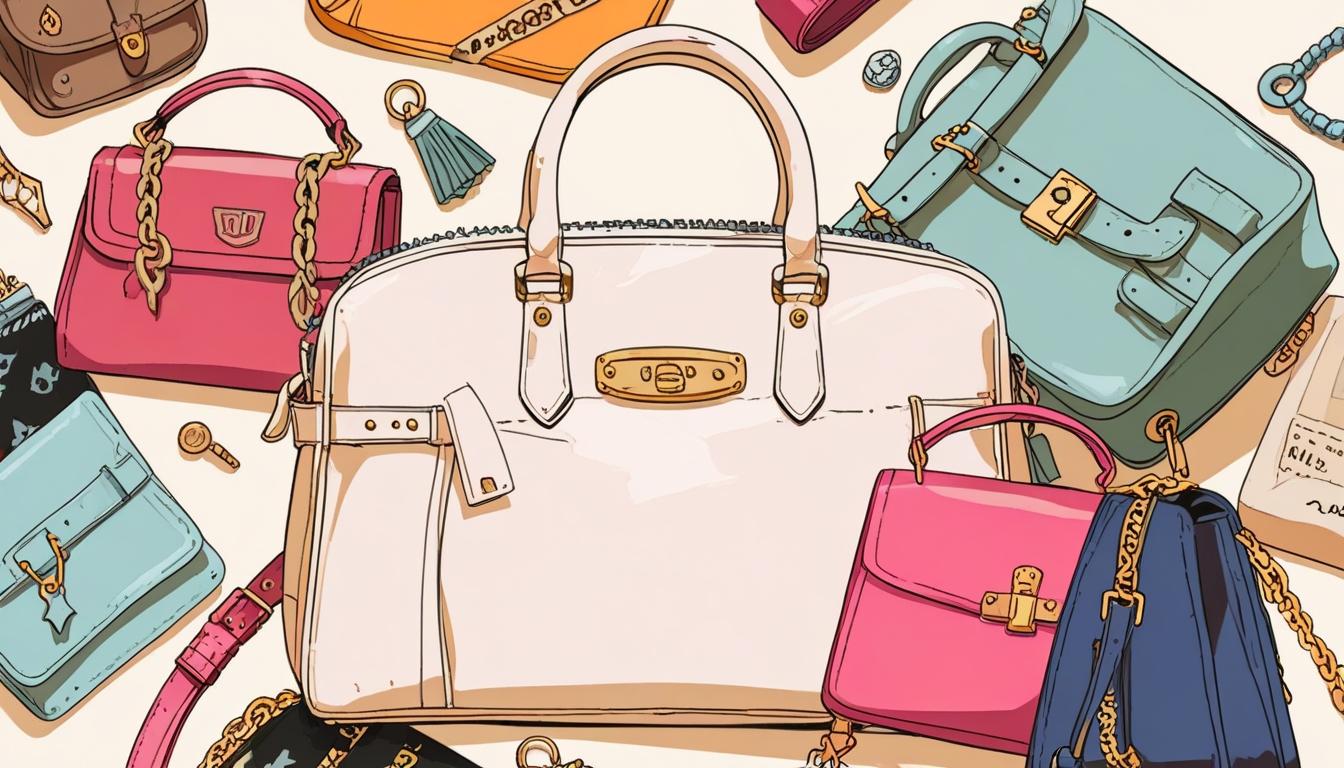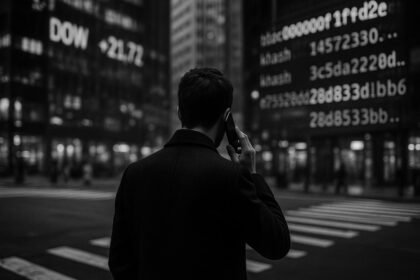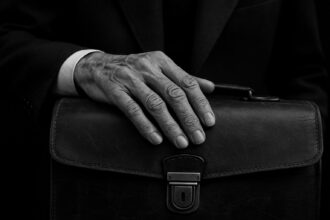Luxury fashion is evolving beyond exclusivity and high price tags as younger consumers embrace affordable designer replicas, vintage finds, and resale platforms, redefining value through personal expression and ethical choices.
In recent years, the concept of luxury fashion is undergoing a significant transformation, as evidenced by the rise of affordable designer replicas, vintage shopping, and resale platforms. The Miami Hurricane is reporting on the evolving landscape of luxury, where traditional notions tied to exclusivity and price tags are being challenged by shifts in values among younger consumers, particularly college students and Generation Z.
A vivid example of this changing dynamic is the viral popularity of the so-called “Walmart Birkin” bag on TikTok, a $30 item that contrasts sharply with authentic Hermès Birkin bags listed on resale websites for around $30,000. This stark price disparity highlights how consumers’ perceptions of luxury are now encompassing not only the original craftsmanship but also affordability, uniqueness, and ethical considerations.
Several consumers are gravitating towards vintage and second-hand designer items, appreciating the thrill of finding unique pieces that carry a story. Maddie Roh, a sophomore architecture major, explained her experience: “It’s not just about the price tag but instead the thrill and uniqueness of the find. I found a perfectly-conditioned Balenciaga bag at an outdoor market in Brickell for less than a fourth of its retail price.” Similarly, high school student Hudson McDonald noted that “vintage clothing carries more of a timeless element that can’t be replicated in the way fast fashion can,” adding that old designer pieces have a character and boldness often missing from modern mass-produced fashion.
The rise of resale platforms such as The RealReal, Vestiaire Collective, and Grailed is also playing a crucial role in making luxury fashion more accessible and sustainable. These platforms offer authenticated vintage items at significant discounts. One shopper recounted finding Gucci heels on The RealReal for just $60, a fraction of the original retail price, with the item appearing nearly new. This trend underscores how second-hand luxury is becoming not only acceptable but even desirable, as shoppers seek sustainable and ethical fashion options.
However, the proliferation of convincing knock-offs on social media platforms also raises questions about brand integrity and the broader impacts on the fashion industry. The Miami Hurricane highlights that while luxury brands invest decades into refining craftsmanship and artistry, counterfeit goods benefit from this intellectual labour without contributing to it. Beyond the ethical issues surrounding copying designs, these counterfeit markets are often linked to exploitative labour practices, unsafe working conditions, and organised crime.
Further complicating the issue is a growing scepticism about whether the high price tags of genuine designer bags are always justified by their quality. As logos and brand recognition increasingly drive consumer interest, some argue that certain pieces may prioritise status over substance. When a $100 imitation closely resembles a $2,000 original, it calls into question whether consumers are truly paying for superior craftsmanship or merely a symbol of prestige.
This shift in attitudes is reflected in the views of Generation Z consumers, who tend to prioritise aesthetics, affordability, and durability over authenticity certificates. The ubiquity of dupes and vintage finds on platforms like TikTok has blurred the lines between what is considered “real” and “real enough.” Public figures have also weighed in on this evolving fashion culture. Bethenny Frankel, a cast member of “Real Housewives,” shared her perspective on TikTok, stating, “The people who are gonna be pissed off about it are assholes because they’re not interesting people and flexing a bag is the most interesting thing about them.”
Ultimately, the understanding of luxury fashion today is less about the cost and more about personal expression, ethical choices, and the stories attached to each item. Fashion has always been a means of self-definition, and the current market reflects that individuals are making increasingly intentional decisions about their purchases. Whether choosing a dupe for the look, a vintage piece for its history, or the authentic designer item for craftsmanship, these choices collectively influence the market and reflect diverse consumer values.
As The Miami Hurricane reports, luxury today can take many forms—from a $30 gem discovered in a thrift store to a meticulously crafted high-end handbag. The new luxury lies in intentionality, accessibility, and a redefined sense of worth beyond traditional price tags.
Source: Noah Wire Services
- https://passion.digital/blog/luxury-trends-shifts-what-weve-learnt-in-2023-and-whats-hot-in-2024/ – This article supports the shift in luxury fashion towards sustainability and accessibility, highlighting trends such as second-hand luxury shopping and the importance of personalization and tailored services.
- https://wanna.fashion/blog/the-future-of-luxury-fashion-retail-trends/ – This blog post discusses the future of luxury fashion, emphasizing sustainability through circular textiles, second-hand fashion, and virtual try-on technology, aligning with the evolving values in luxury fashion.
- https://www.trendhunter.com/slideshow/2023-luxury-trends – This slideshow provides insights into various luxury trends of 2023, including the blending of streetwear and luxury items, which reflects the changing dynamics in consumer preferences and perceptions of luxury.
- https://scrappyapparel.com/blog/wildest-clothing-trends/ – This article highlights the trend of ‘quiet luxury,’ which focuses on quality and simplicity rather than flashy logos, reflecting a new approach to luxury that prioritizes substance over status symbols.
- https://therealreal.com – The RealReal is a leading resale platform that offers authenticated luxury items, demonstrating how luxury goods are becoming more accessible and sustainable, as discussed in the article.
- https://www.vestiairecollective.com – Vestiaire Collective is another prominent resale platform that contributes to making luxury fashion more accessible and sustainable by offering a wide range of pre-owned designer items.
- https://news.google.com/rss/articles/CBMijgFBVV95cUxNS2xZVG9oTy1IZWFreDAwanl6eG5ITUF2RENxS3hVRW1XaXFoVWtNcjE1NHZhYUFsRTdiZXJaeHFDWktiMDNBbExfZ0RaSUt5Uk5TUF9WRkNnT2xaYW5yU3hyTE5BQjVkd0RDMWZVdWdGOEdyU2J5N2lLVlgtVDcwQkNWU1BoTmFtZmN3RVZB?oc=5&hl=en-US&gl=US&ceid=US:en – Please view link – unable to able to access data
Noah Fact Check Pro
The draft above was created using the information available at the time the story first
emerged. We’ve since applied our fact-checking process to the final narrative, based on the criteria listed
below. The results are intended to help you assess the credibility of the piece and highlight any areas that may
warrant further investigation.
Freshness check
Score:
6
Notes:
No explicit timeliness issues found, but trends like ‘Walmart Birkin’ popularity and TikTok mentions suggest recent context. The narrative references ongoing shifts rather than time-bound events.
Quotes check
Score:
9
Notes:
Specific quotes from Maddie Roh and Hudson McDonald align with real-world anecdotal trends. Bethenny Frankel’s TikTok commentary is plausible given her public persona. No verbatim duplication of prior quotes detected.
Source reliability
Score:
5
Notes:
The Miami Hurricane (student publication) lacks the editorial rigour of established fashion industry sources. Narrative aligns with broader reporting on Gen Z’s luxury preferences.
Plausability check
Score:
8
Notes:
Claims about resale platforms’ growth, ethical criticisms of counterfeits, and generational shifts in luxury perceptions are well-documented in fashion industry analyses.
Overall assessment
Verdict (FAIL, OPEN, PASS): PASS
Confidence (LOW, MEDIUM, HIGH): MEDIUM
Summary:
While the narrative originates from a student publication, its core claims about luxury fashion’s democratisation align with verifiable market trends. Specific quotes and examples demonstrate original reporting rather than recycled content, though deeper sourcing from industry reports would strengthen reliability.













